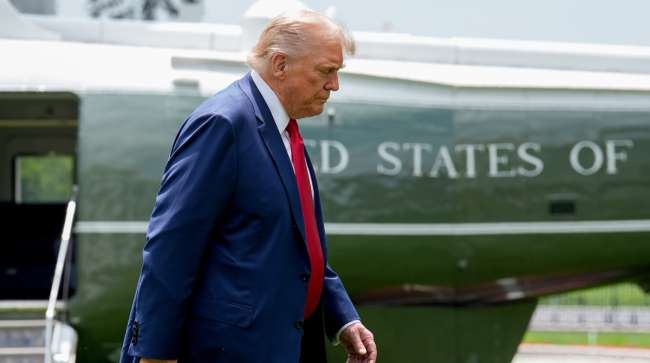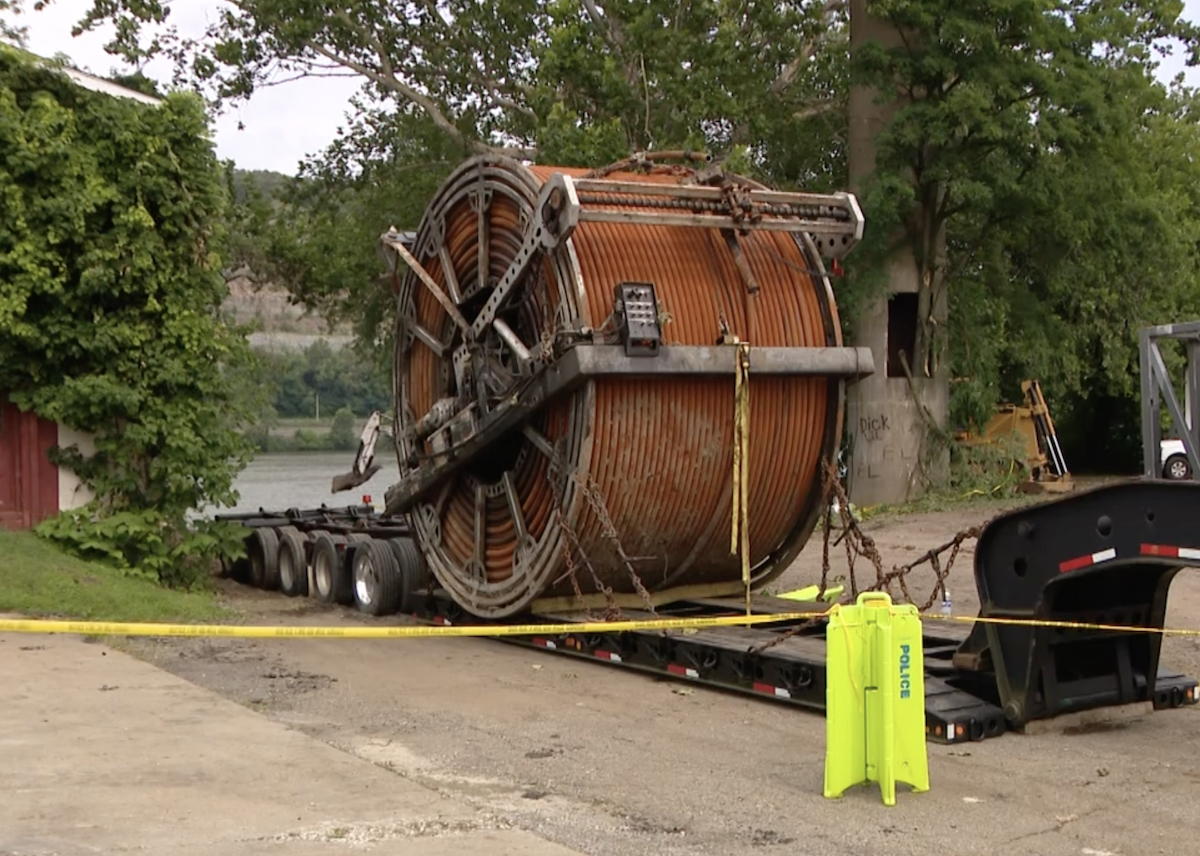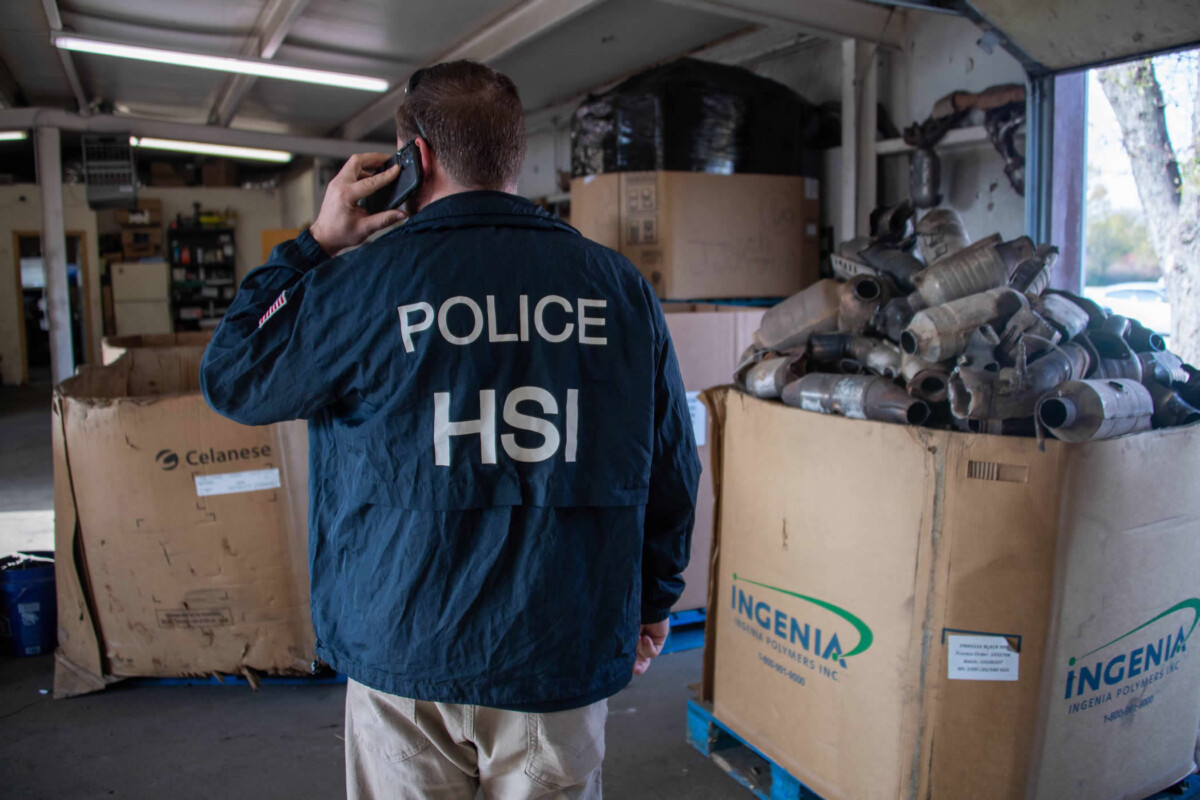“We are doing well with China. China’s not easy,” Trump told reporters at the White House on June 9. (Yuri Gripas/Bloomberg)
Trade talks between the U.S. and China will continue into a second day, according to a U.S. official, as the two sides look to ease tensions over shipments of technology and rare earth elements.
Representatives for both nations ended their first day of negotiations in London after more than six hours at Lancaster House, a 19th-century mansion near Buckingham Palace. The talks concluded around 8 p.m. London time. The advisers will meet again June 10 at 10 a.m. in the British capital, the official said.
“We are doing well with China. China’s not easy,” Trump told reporters at the White House on June 9. “I’m only getting good reports.”
The U.S. delegation was led by Treasury Secretary Scott Bessent, with Commerce Secretary Howard Lutnick and U.S. Trade Representative Jamieson Greer. The presence of Lutnick, the former Cantor Fitzgerald CEO, underscored the importance that export controls are playing in these discussions.
Bessent told reporters in London they had a “good meeting” and Lutnick called the discussions “fruitful.”
The Chinese delegation was led by Vice Premier He Lifeng, who left without commenting to the media.

Chinese leader Xi Jinping attends the closing of the National People’s Congress in Beijing in March. (Qilai Shen/Bloomberg)
The U.S. signaled a willingness to remove restrictions on some tech exports in exchange for assurances that China is easing limits on rare earth shipments, which are critical to a wide array of energy, defense and technology products, including smartphones, fighter jets and nuclear reactor rods. China accounts for almost 70% of the world’s production of rare earths.
Specifically, the Trump administration is prepared to remove a recent spate of measures targeting chip design software, jet engine parts, chemicals and nuclear materials, people familiar with the matter said. Many of those actions were taken in the past few weeks as tensions flared between the U.S. and China.
Trump was noncommittal about lifting export curbs, telling reporters “we’ll see” when asked about the possibility of such a move.
“China has been ripping off the United States for many years,” the U.S. president said, while adding that “we want to open up China.”
The Trump administration expects that “after the handshake” in London, “any export controls from the U.S. will be eased and the rare earths will be released in volume” by China, Kevin Hassett, head of the White House’s National Economic Council, told CNBC earlier in the day June 9.

(Bloomberg)
Hassett’s comments from Washington were the clearest signal yet that the U.S. is willing to offer such a concession, though he added that the U.S. would stop short of including the most sophisticated chips made by Nvidia Corp. used to power artificial intelligence.
“The very, very high-end Nvidia stuff is not what I’m talking about,” Hassett said, adding that restrictions would not be lifted on the Nvidia H2O chips that are used to train AI services. “I’m talking about possible export controls on other semiconductors which are also very important to them.”
Chinese shares trading in Hong Kong entered a bull market, as some investors expressed hope the talks signaled a cooling of trade tensions. In the U.S., traders drove stocks higher, with the S&P 500 within 2% of its February peak.
The first round of negotiations since delegations from the countries met a month ago is aimed at restoring confidence that both sides are living up to commitments made in Geneva. During those discussions, Washington and Beijing agreed to lower crippling tariffs for 90 days to allow time to address a trade imbalance that the Trump administration blames on an unfair playing field.
A phone call last week between President Donald Trump and his counterpart Xi Jinping appeared to give fresh momentum to reaching a deal. U.S.-China trade tensions escalated this year as Trump hiked duties on Chinese goods, prompting retaliation from Beijing. That’s led to pain in both economies, including uncertainties for businesses trying to navigate sudden changes in trade policy.






